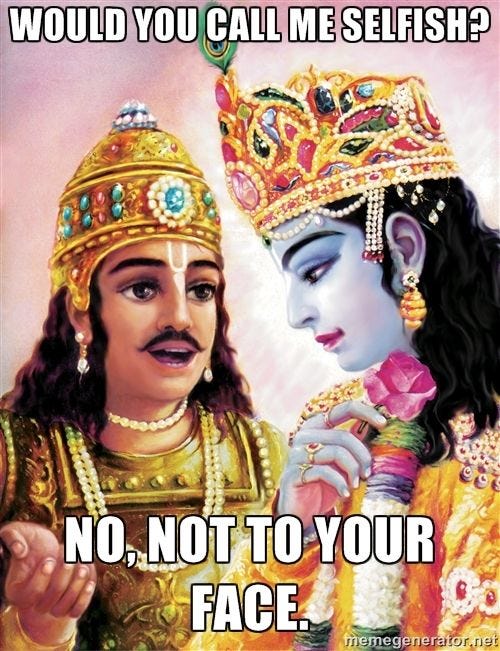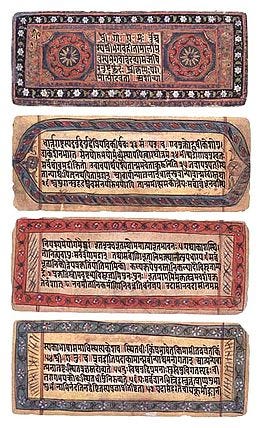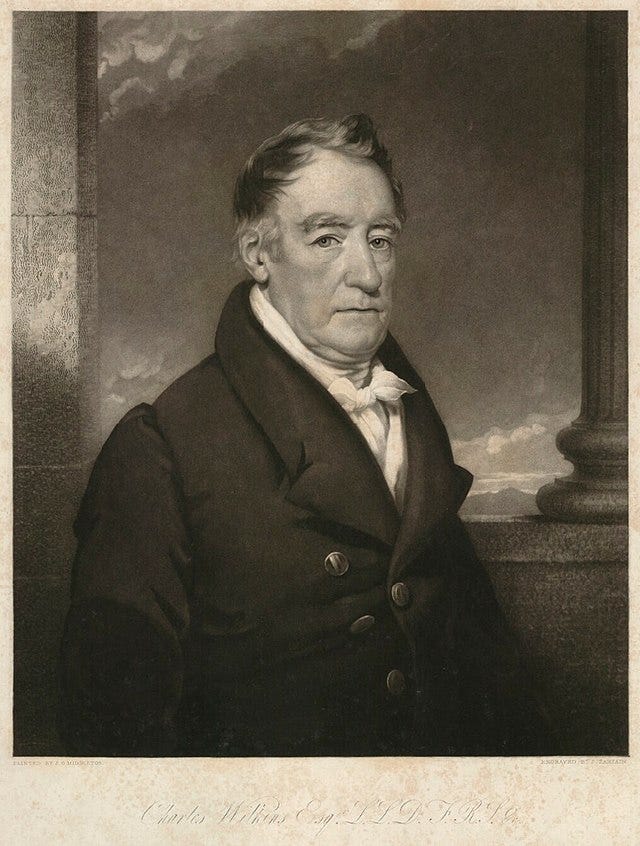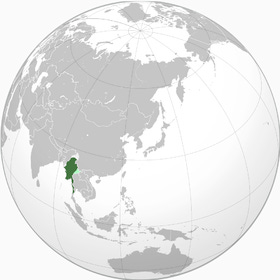I recommend reading this text while listening to this song.
The first thing I do in the morning is drink water, I turn on the tap for zuzu to drink as well, both of us half drowsy there, washing our bodies from the inside. Zuzu is my mom’s kitten, she’s been living with me for over 6 months, because my grandmother had to go live with my mother and cinzinha, my grandmother’s cat, went along.
The two detest each other, zuzu and cinzinha, that’s why one of them ended up here at my house. I was even happy, but for me the ideal would be that they lived together and licked each other in peace just like the internet kittens. Just the other day I realized: Who guarantees that these same kittens don’t fight at other times? That’s right.

It seems that permanent peace is just an ideal or a probability that varies according to time, intensity, and the scope of relationships. It’s annoying, but it’s the reality. Instead of dragging Christian guilt for moments of discord, it’s better to accept that it is inevitable in all lives.
The myth of “non-violence”
Better than peace, is peace achieved without violence. This was the discourse of Gandhi, one of the main Indian socio-political activists in his anti-colonial struggle. Founder of the satyagraha movement, Gandhi incorporated principles of non-violence (ahimsa) and truth (satyagraha) as the basis of his “passive resistance” to British imperialism.
Ahimsa and Satyagraha are concepts rich in bibliography, millennial precepts that are in texts such as Vedas, Upanishads, Bhagavad Gita, in the Jaina Sutras and is also part of the general Buddhist philosophical framework.
Dalai Lama, reincarnation of Avalokiteshvara and therefore spiritual leader of Tibetan Buddhism, followed a similar line to Gandhi in Tibetan resistance against China’s takeover, but it’s all nonsense. None of them stood for non-violence in practice, under all contexts.
Gandhi celebrated Japan’s victory over Russia, said Stalin was a great man and also corroborated in situations of war with England, such as the conflict in South Africa.
Dalai Lama even went so far as to play word chess and justify the use of violence, separating “method” from “motivation”. The method may involve killing, as long as the motivation is compassion – just like a snippet from the Bhagavad Gita.
But it’s not just in India that pacifist discourse grows that apparently is unsustainable, as shown by Domenico Losurdo, an Italian historian and philosopher, in his book “Non-Violence: A History Beyond the Myth” in which he raises the contradictions of the most famous and influential pro non-violence movements in history around the globe.
In the text he talks about the anti-colonial movements, but also relates Gandhi and Tolstoy, Gandhi and the socialist movement, goes through Lenin’s party, touches Christian abolitionism, pacifism in the United States and even has the audacity to bring up Martin Luther King’s record and nickname him “Black Gandhi”, pointing to an American Afro-Radicalism.
It’s a delicate topic. Losurdo must not have been content that people swallow any peace discourse when everything around us involves power struggles. It’s almost like believing in the Chinese party’s propaganda of abundance during the time of the great famine.

In the end, Losurdo says that the “Color Revolutions” are a big game and brings a more realistic “proposal” of non-violence for the reality of the time – of imminent nuclear attack. It’s worth reading, but mind you, it’s a very unpleasant subject.
I only brought up this issue of the complexity between peace and war; and the discrepancy between discourse and practice of non-violence, because it was the best way I thought to start addressing the Baghavad Ghita.
So let’s get there soon, today I want to talk about some technical details of its publications and translations, to say that, as I said above, in addition to using its concepts to defend non-violence groups, people also manage to use the same narrative to cover up Nazi atrocities.
How so? We’ll see. We won’t draw any conclusion and after we finish the text we will wish for peace, peacefully. Good Vibes. Be Happy. 🤝
Baghavad Ghita
In the text, there is a battle and the most common cut that is made from the story is as follows:
On one side, the good guys from the family, on the other, the folks who stole the throne out of ambition. One of the good guys (his name is Arjuna) questions: “Despite being politically right, how can I kill my own uncles, grandparents, and cousins?” Complicated. Family is family, right?
To make matters worse, his mission, his life’s work, was to be a warrior. And work is work, right? It’s almost like a policeman today having to kill his own cousin. Follow the morality of the individual mission or the morality of the family lineage?
The whole book is Krishna giving advice to Arjuna:
–Man, we are born in this physical body and the way to do things in this world is material, this life is action. Go ahead, do your job, dying doesn’t matter, we are all playing roles here in this life, the soul is immortal.

Okay, the book is a bit more complex than that, but did you notice the distance from the violent act that this cutout has? That a narrative of something bigger is used to justify violence? Hold on, I’ll get back to this.
In other texts, I will talk more (and better) about Ghita, Uppanishad, Amrtasiddhi and other things from the yogi universe that I love so much and want to navigate beyond the circles of young mystics and eccentric academics.
I will mix it with stories from my life, quote supposedly intelligent people, give a touch of current social issues and hopefully some reference will make sense.
If you want to see me slip and sound like a lunatic at some point, stay, give a like, send it to someone, it costs nothing:
When it was written
Although the exact dating of the composition of the Bhagavad Gita is uncertain, for many Hindus, especially those who follow the Vaishnava tradition (devotees of Vishnu, Krishna or Rama), the Bhagavad Gita is a “Shruti” scripture (literally, that which was heard), a song revealed by Krishna, timeless and divine.
This is articulated within the text itself, as if when it was sung for the first time, it was already eternal. We can say that it is a kind of scriptural authentication that the text gives to itself: a mode of transmission from the divine to the human world. And, if you didn’t click on the song at the beginning of the text, here’s another chance to hear this divine chant:
The Gita is a song that, over time, became a genre, a type of literature in Sanskrit. With success, came many different Gitas, various different songs. But the Original Gita is part of the Mahabharata, one of the most extensive epic texts in the world, composed of 18 books, known as Parvans. To give you an idea, the whole text is larger than the Greek Odyssey and Iliad, combined.
You can imagine that, instead of watching Game of Thrones at the end of the day, people used to gather to listen to these fantastic stories and dramas, first as a song, then in text and it is still reinterpreted today. It is part of the repertoire of the more than billion people that make up the Indian people and sympathizers.
Originally the story was passed on through oral traditions, like bards, sung, recited, performed, and traveled from place to place for thousands of years, but at some point, about 2,000 years ago, it began to be written and copied as a manuscript, still with regional variations and different textual traditions.
A Herculean effort was made to gather scriptures throughout the Indian territory and assemble the most accurate edition possible. A team of Sanskrit scholars at the Bhandarka Oriental Research Institute in Pune, took about 5 decades to complete the critical edition of the Mahabharata in 1966, compiled after the analysis of 1,259 manuscripts of Mahabharata and Ramayana.

Despite the Mahabharata being ancient and the chapter of the Bhagavad Gita being disseminated throughout the world, the text is so relevant and alive that, even today, there is a real academic dispute about whether the Gita is or is not part of the Mahabharatha 🤯
Some scholars, like G.S. Kier, suggest that the Gita was composed in different stages by various authors. Chapters 1 and 2 may represent the original layer, while others were added later.
Others, like R.C. Zaner, defend the doctrinal unity of the Gita, considering it a cohesive text with a clear emphasis on the message of mysticism and divinity of Krishna. However, there are people like Angelica Malinar, who seeks a balance and suggests that, despite layers of development, the Gita was indeed codified as an integral part of the Mahabharata.
Global dissemination
Aside from the disputes over the origins of the original text, we also have to consider the fidelity of the translations. The Gita is the most translated book in the world and occupies an important place in the backdrop of intellectual, philosophical, and political history, not only in India.
Oppenheimer refers to it when he says “Now I am become Death, the destroyer of worlds.”; Huxley in “The Doors of Perception” says”The Bhagavad-Gita is one of the greatest spiritual works ever written.“; Thoreau wrote in Walden:
In the morning, I bathe my intellect in the stupendous and cosmogonal philosophy of the Bhagavad-Gita, in comparison with which our modern world and its literature seem puny and trivial.
The first English version was made by British Orientalist Charles Wilkins in 1785. And, about 100 years later, another very influential English language publication appeared, Sir Edwin Arnold’s “The Song Celestial**”**, which, interestingly, was the first copy of the Bhagavad Gita that Mahatma Gandhi read, when he was studying to become a lawyer in London.
Yes, Gandhi, in fact, did not discover the Gita in India.

From there, the text has passed through many hands, has been translated in more than 75 countries and many of the versions are not based on the work of the Bhandarka academics. Therefore, when you see a political leader using loose concepts or when you find a free translation from any guru, be suspicious.
Political Uses
The Gita gives sense to things that make no sense, justifies things that have no justification, so I agree with Thoreau, everything else seems petty and trivial in front of it. The Gita is a romanticization. The Gita is a beautiful book.
But not for Zizek. He doesn’t emphasize the use of the Gita for the noble pro “non-violence” groups, the Stalinist provokes by bringing a controversial theme, he tells that when they confronted Hitler “we are doing horrible things, killing young Jews, mothers, how can we do this without becoming beasts?” he used this pseudo-oriental discourse of distancing from materiality supposedly contained in the Gita to justify the massacre.
On the other hand, Zizek argues that, in profound crises, radical measures are necessary, this done under a greater pretext of social justice and transformation of power structures. He uses the Marxist discourse and not the Gita to justify violence, but it is similar, the line is thin, so Losurdo crosses these fronts in his text.
If you are living in the same world as me in 2024, we know that the other side turns the table and says that this kind of social justice agenda is what is discriminatory with their group – the total death of truth (satyagraha?), it is worth reading this book by Michiko Kakutani. It’s a relief.
That is, the concepts of the Gita are timeless, truth – lula or bolsonaro, violence – gaza or israel, everything is sewn together and it is not from today, it is not only from the Gita, many other classics from various cultures work on these themes.
It happens that the Gita is the most used and, in a way, everything that could be said about it has already been said. There have been many readers, commentators, translators from different times and cultures, yet these concepts – and all the others – are still the subject of dispute.
Philosophical Context
Its teachings are current because the internal experience of being a human being, the body, the mind, the desires, the fears, all of this is still very similar. At another moment I bring these other beautiful parts of the Gita here, but continuing the line of reasoning, not to do the Hitler and distort the whole text, it is good to remember that there is a very specific historical and cultural context in which the Gita is speaking.
It emerged as a unified text at a time when Buddhism and Jainism were already established. It occurs in the context of the battlefield of Kurukshetra, where war is imminent and Krishna’s dialogue with Arjuna addresses concepts that can be understood in relation to ideas present in these traditions, such as the nature of existence and the tension between liberation (moksha) and mundane life (samsara).
The text investigates the philosophical and ethical dilemmas surrounding the pursuit of spiritual enlightenment while fulfilling responsibilities in the material world. In addition, it shares philosophical affinities with the Upanishads, which form the spiritual basis of the Vedas and deepens concepts such as the nature of the soul (atman) and the pursuit of unity with the divine (Brahman). It also touches on the caste system, was the basis for various legal texts and goes through ritualistic and devotional practices.
It is a very difficult operation to try to understand the Gita, unlike the more ascetic models of classical Yoga, such as, for example, in Patanjali’s Yoga Sutra, which suggests that the Yogi should withdraw from the world, – withdraw from society, as a renunciant, as sannyasin, – the universal message of the Gita promotes a social ethic of engaging in the world through disciplined yoga practice, transforming all activities into a service and humble devotion of yoga.
Religious Uses
Just as the political use of the text is very problematic, the religious one is also. As you can see, our current philosophical struggle is not the same as above, the text was not written to dialogue with Christianity, Islam and other monotheisms in general.
Yes, the concepts fit like a glove for many things, for that reason, and thinking about the difficulty of formation, interpretation and translations, it is also important not to fall into any religious use that current gurus can make.
Many leaders claim to be from oral lineages supposedly much more authentic than any academic text, grow on top of this and, curiously, later at some point their ideologies merge with the world of (big) business, as shown by Sri Sri Ravi Shankar of the Art of Living Foundation, Baba Ramdev with his Ayurvedic products, the infamous Osho and his Rajneeshpuram community, among others.
Including Mr. Goenka, from the silence retreat I spoke about, in his lecture-recordings with Buddhist tales (without exact theoretical source) tells that he was a rich Burmese businessman. Of course, dedicating oneself to spirituality requires free time and the dissemination of ideologies on a global scale requires financial resources, as well as political influence.

As I said that “be happy” and “peace among all religions” are not neutral discourses, here I say that “non-violence” is not either.
I brought Losurdo to give me a hand showing that “non-violence” is a game of interests in all cultures, I also dared to put the eccentric Zizek to point out that the same text from where Gandhi draws concepts for his peaceful struggle, is also the text that Hitler quotes to justify his massacres – how confusing!
“Non-violence” is a beautiful ideal, I also want it! but it is above all simplified talk to guide the masses, it has never been realized for long periods of time. Violence has many facets, just like peace. The truth is in constant dispute.
I don’t quite know how to close all of this. If this text did not make you understand anything about Ghita beyond its origins, but made it clearer how her excerpts are present in our history in controversial ways, great 🙂
Closure
Sometimes I take zuzu to my mother and, if at first she and the little gray one bristled all over and made horrible noises. Now they stare at each other for hours, with some apathy for being in that forced coexistence situation, but they don’t quarrel anymore. We can say that it is a conflict without violence most of the time.
These days my mother came to the conclusion that, despite the rivalry, this is the friendship they can have, so I think she sees the situation more from the perspective of peace. She was talking about the gray one and zuzu, I think. Despite it being natural to take care of the elderly, it is also difficult to live with parents after a certain age, maybe she was talking about her relationship with my grandmother, I don’t know – we continue with the paradoxes of living.
